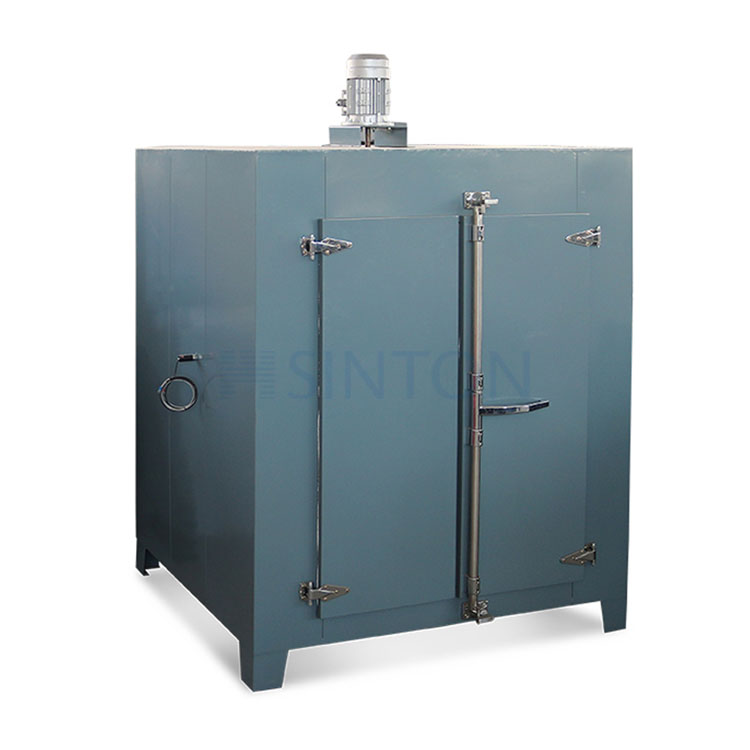WhatsApp: +86-185-5601-8866
Heating Equipment
News

2024-07-01
Industrial food dehydrators handle temperature fluctuations and maintain consistent drying conditions through several key mechanisms and features:
Advanced Temperature Control Systems: Industrial food dehydrators employ state-of-the-art temperature control systems that integrate high-precision sensors and sophisticated controllers. These sensors are strategically placed within the drying chamber to continuously monitor the temperature at multiple points. The data from these sensors is fed into microprocessor-based controllers that analyze the readings and make real-time adjustments to the heating elements. This continuous feedback loop ensures that any deviations from the set temperature are promptly corrected, maintaining a stable environment. The precision of these control systems is crucial for achieving uniform drying results, especially for sensitive food products that require exact temperature settings to preserve their nutritional and sensory qualities.
Uniform Airflow Distribution: The design of industrial food dehydrators is optimized to ensure uniform airflow across all trays or shelves. This is typically achieved through the use of high-capacity fans and carefully engineered air ducts. The fans are often variable speed and can be adjusted to optimize airflow patterns depending on the type and load of the food being dried. The air ducts are designed to minimize resistance and ensure even distribution of heated air throughout the chamber. This uniform airflow prevents the formation of hot or cold spots within the dehydrator, ensuring that each piece of food is dried evenly. Consistent airflow is particularly important for maintaining product quality, as uneven drying can lead to differences in texture, taste, and shelf life.
Insulated Chambers: High-quality insulation is a critical feature in industrial food dehydrators. The drying chambers are constructed using advanced insulating materials that minimize heat loss and protect against external temperature fluctuations. Common insulation materials include high-density foam, mineral wool, or reflective barriers that create an effective thermal shield. This insulation helps to maintain a consistent internal temperature, which is essential for efficient drying. Well-insulated chambers improve energy efficiency by reducing the need for continuous heating, leading to cost savings and a reduced environmental footprint.
Multi-Stage Drying Programs: Many industrial dehydrators come with programmable multi-stage drying cycles. These cycles allow operators to set different temperature and humidity levels for various stages of the drying process. For example, an initial stage might involve higher temperatures to remove surface moisture quickly, followed by a lower temperature stage to ensure thorough drying without overcooking. These programmable settings can be customized to the specific drying requirements of different food products, ensuring optimal drying conditions. The ability to fine-tune the drying process helps to preserve the nutritional content, color, and flavor of the food, enhancing its market value.
Feedback Loop Systems: Modern industrial dehydrators utilize closed-loop control systems, where data from temperature and humidity sensors is continuously fed back to the central control unit. This system enables precise control over the drying environment by allowing the dehydrator to make instant adjustments based on real-time conditions. For instance, if the sensors detect a drop in temperature, the control unit can increase the power to the heating elements to restore the desired temperature. This dynamic adjustment capability is essential for maintaining consistent drying conditions, especially in large-scale operations where even minor fluctuations can impact product quality.

Looking For Business Opportunity?
Request for a call today

WhatsApp: +86-185-5601-8866
Tel: +86-185-5601-8866
E-mail: [email protected]
Address: Sinton Building, No. 886 Yandu Road, Yandu District, Yancheng City, Jiangsu Province
Friendly Link: www.cn-lvdao.com www.sealing-china.com
Products
Message